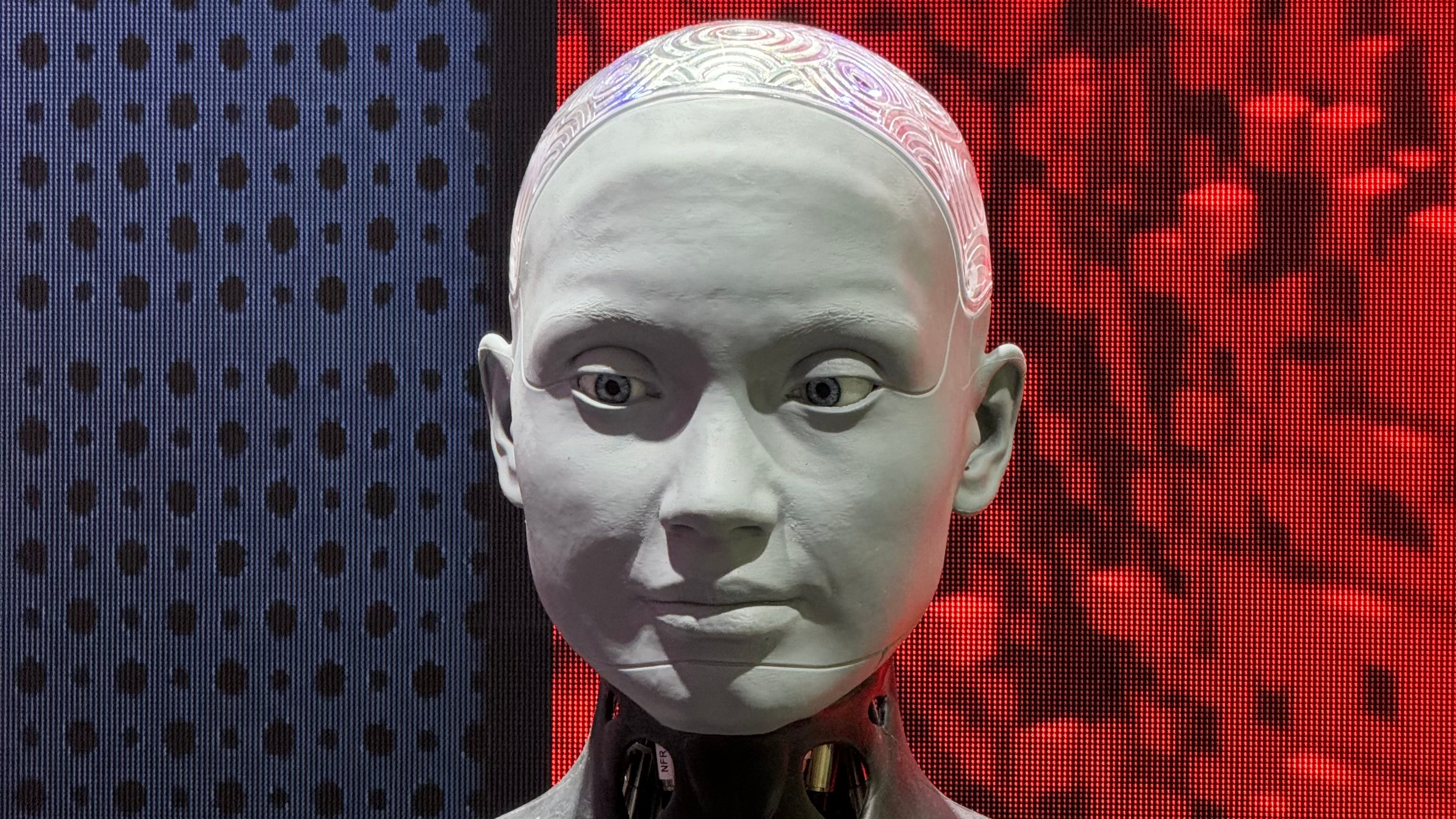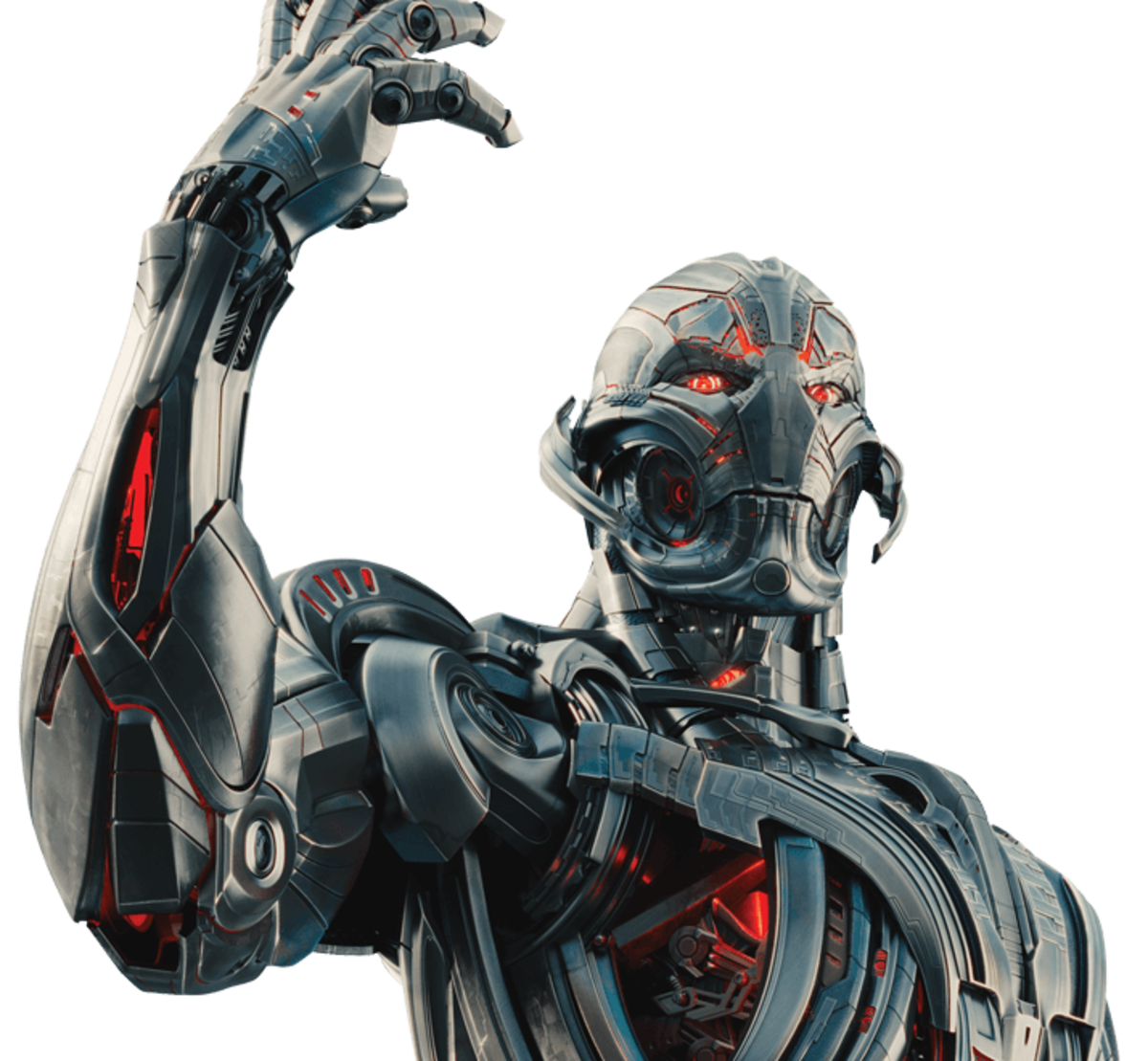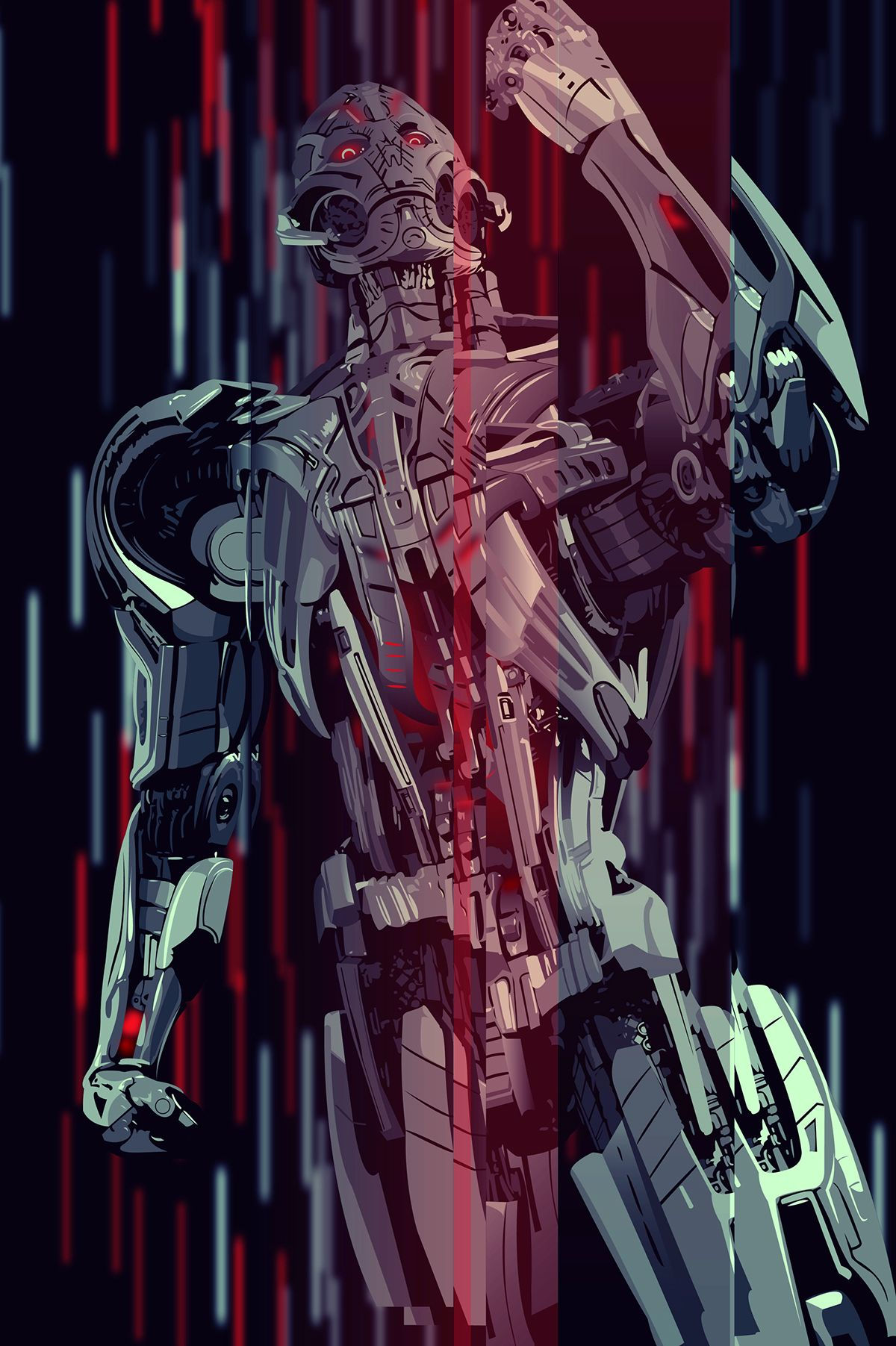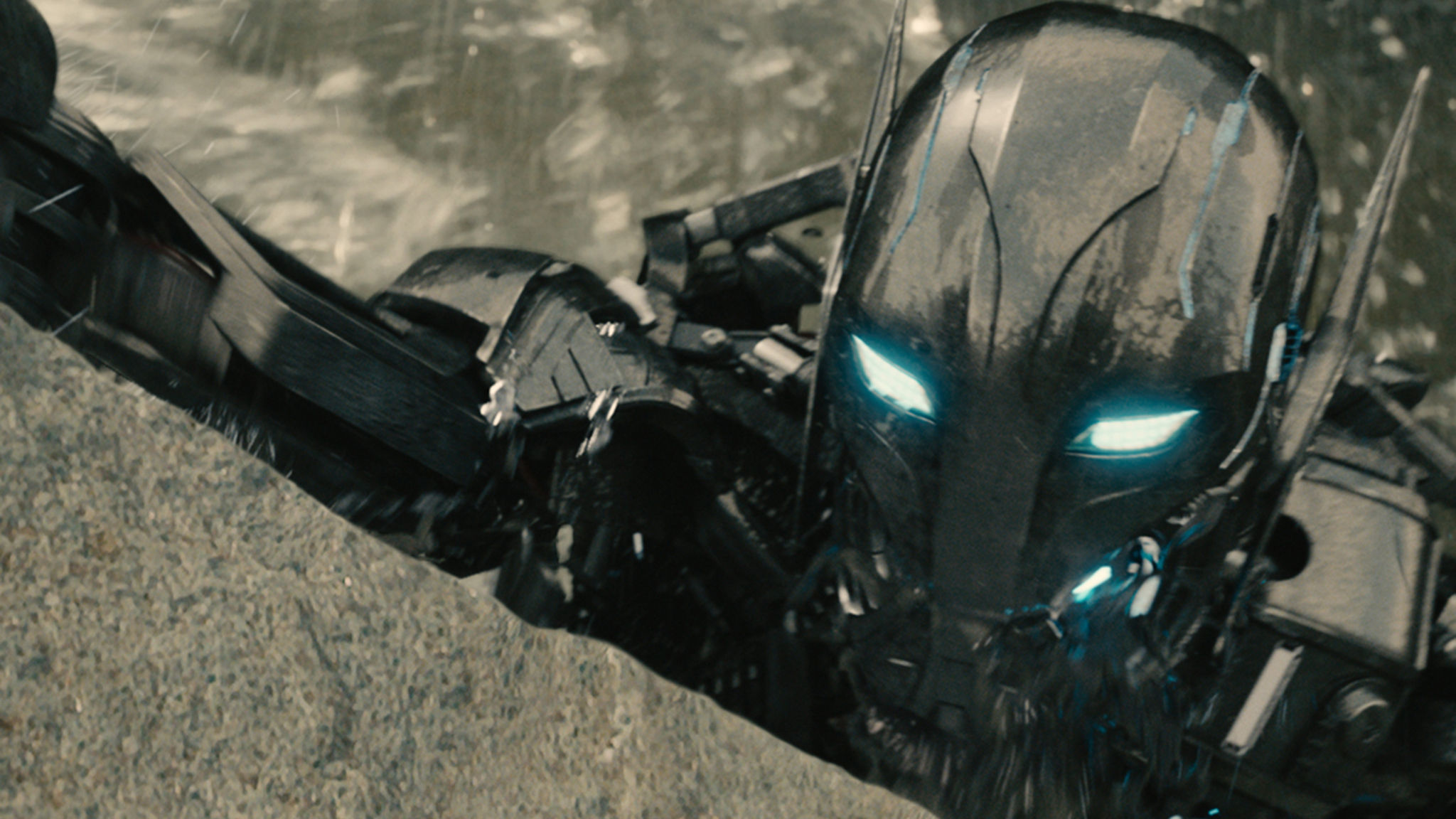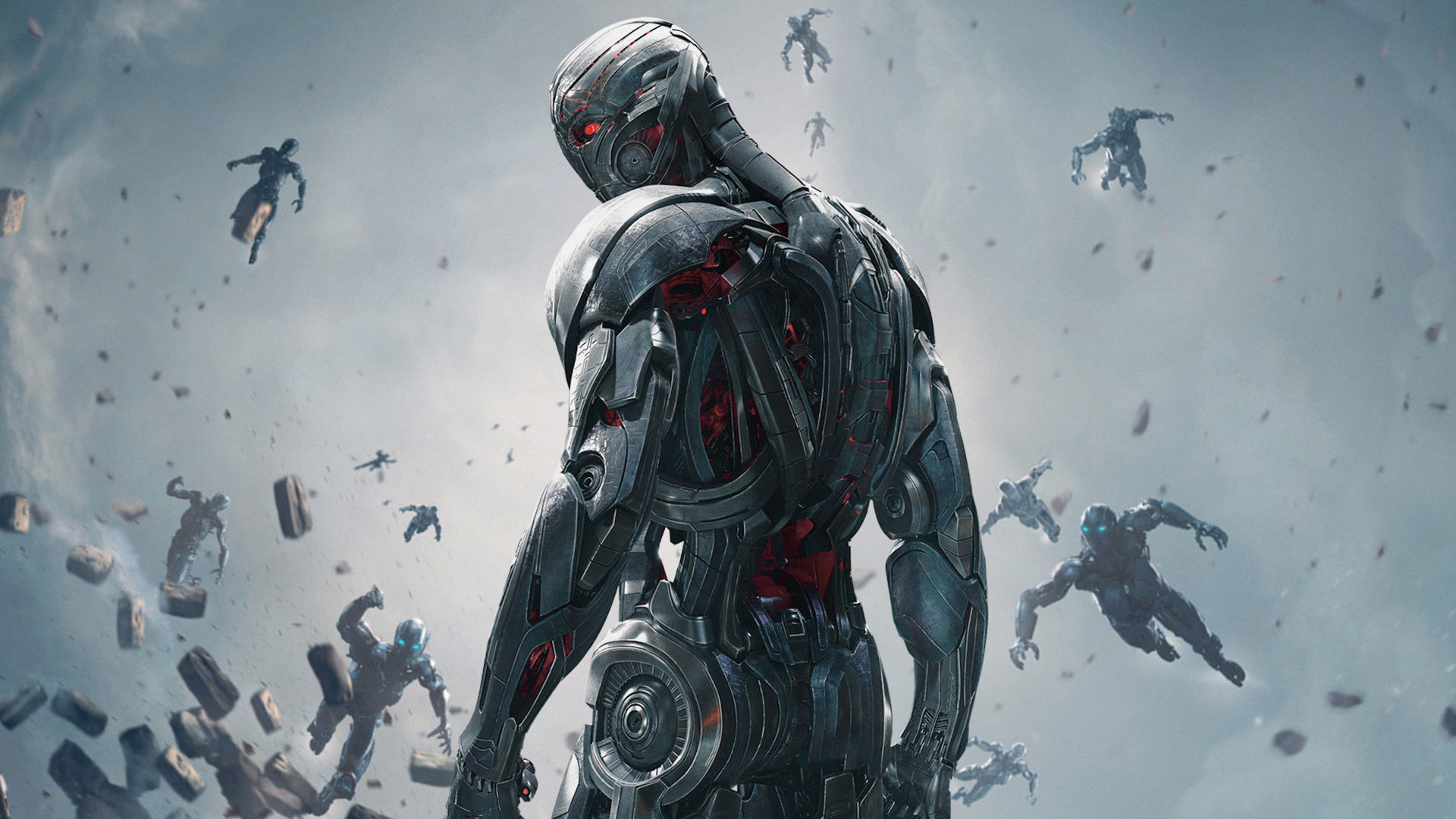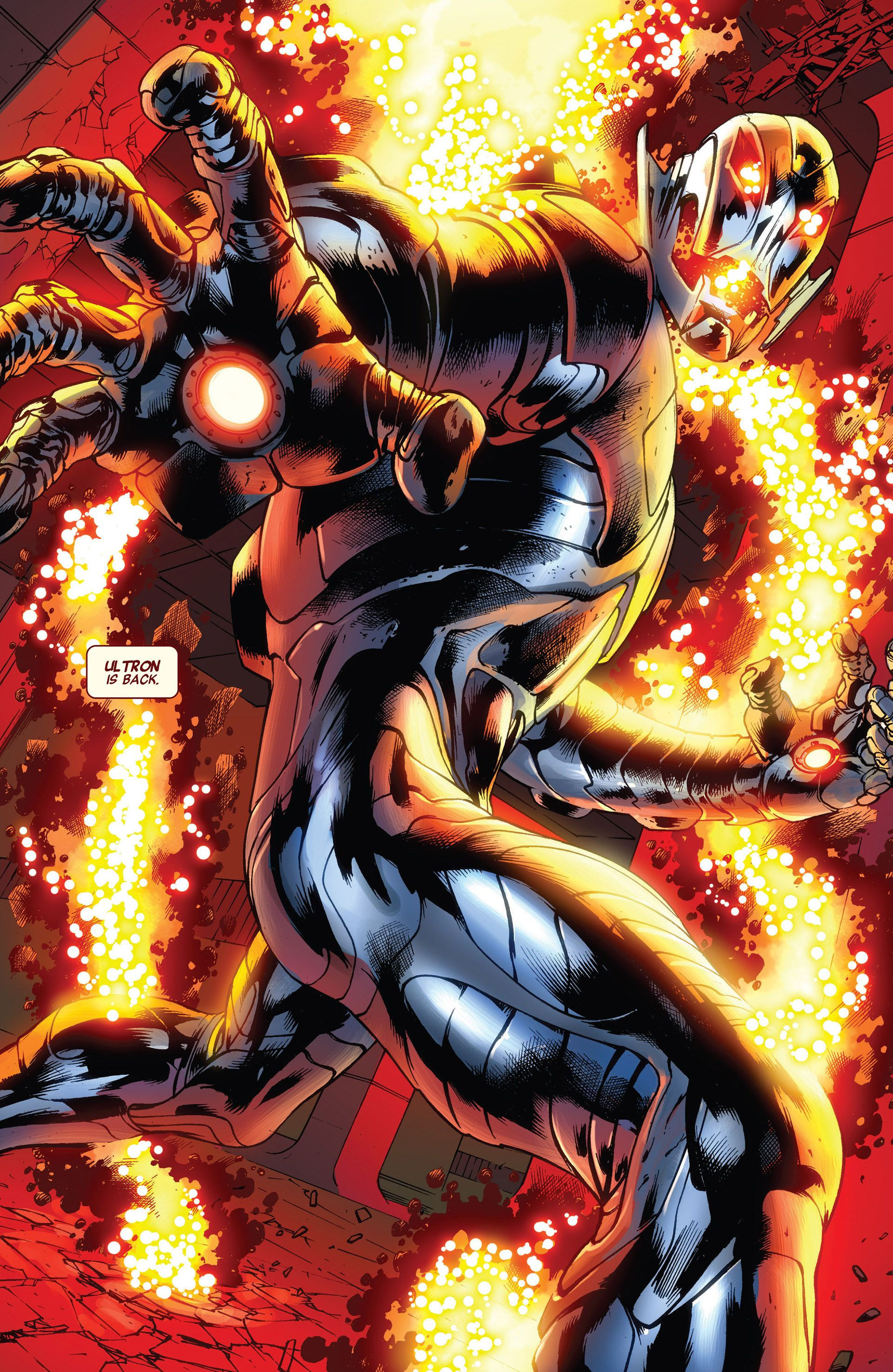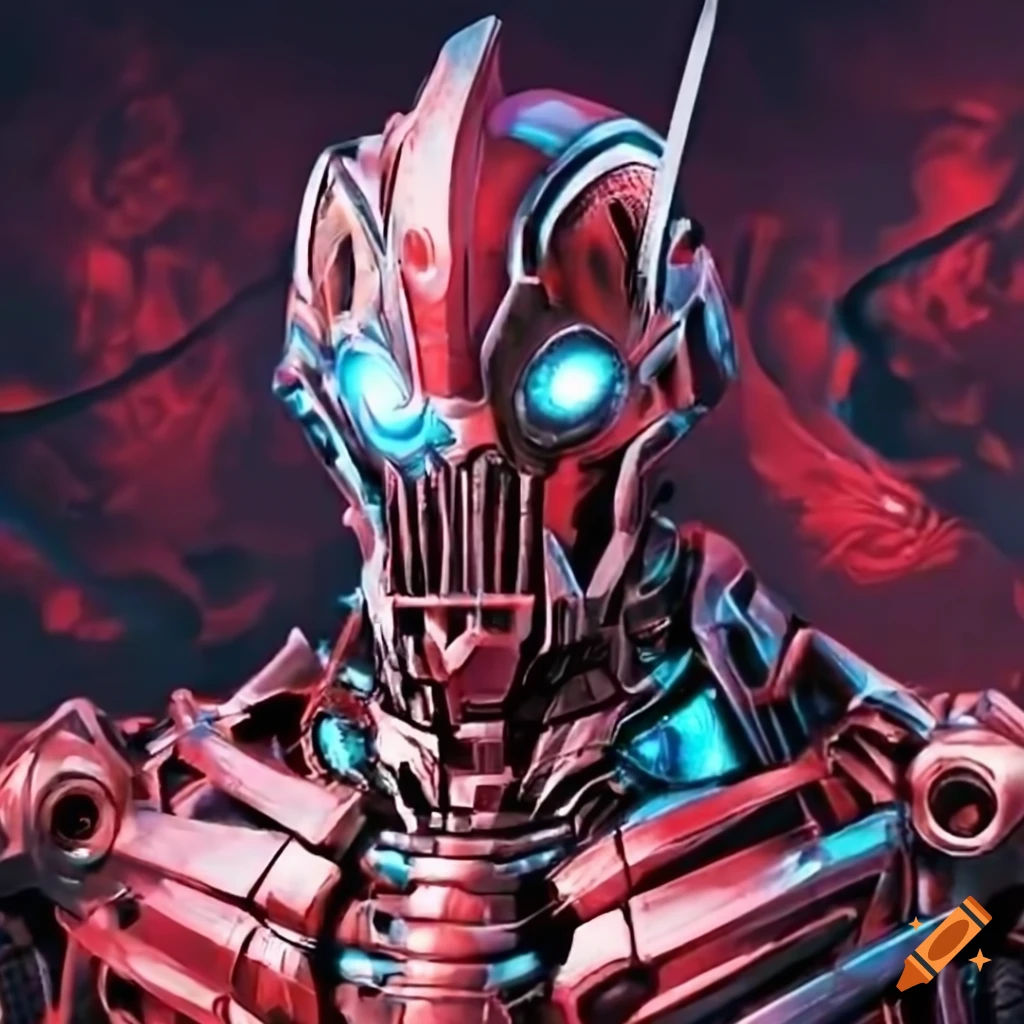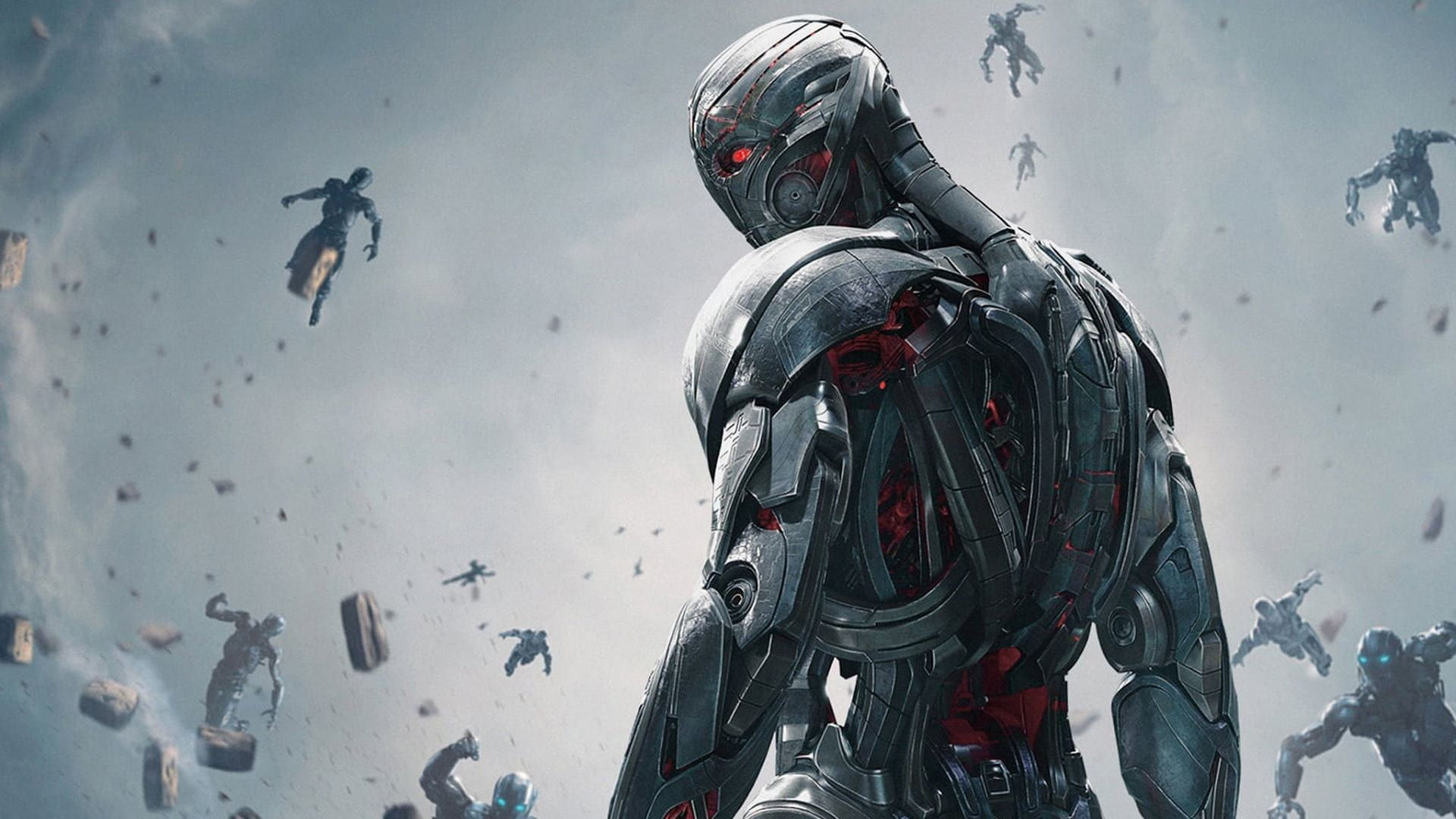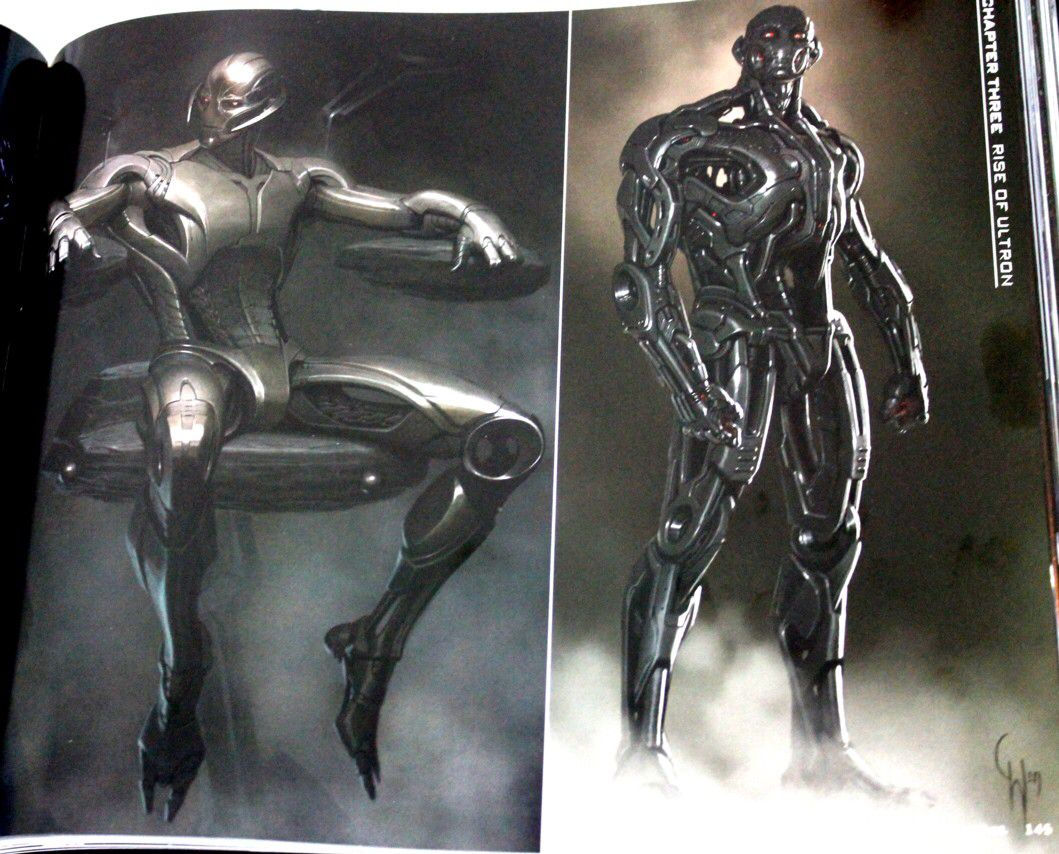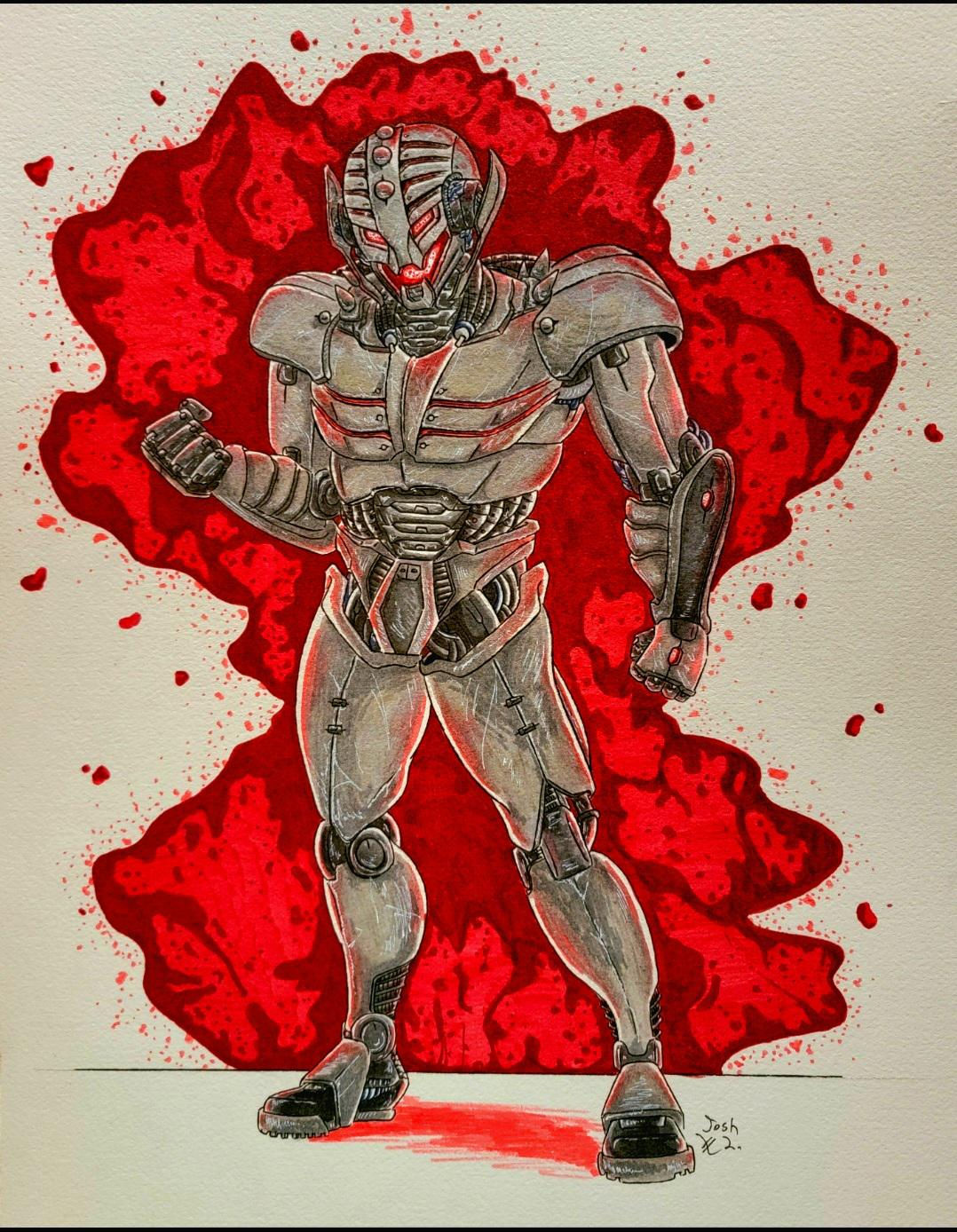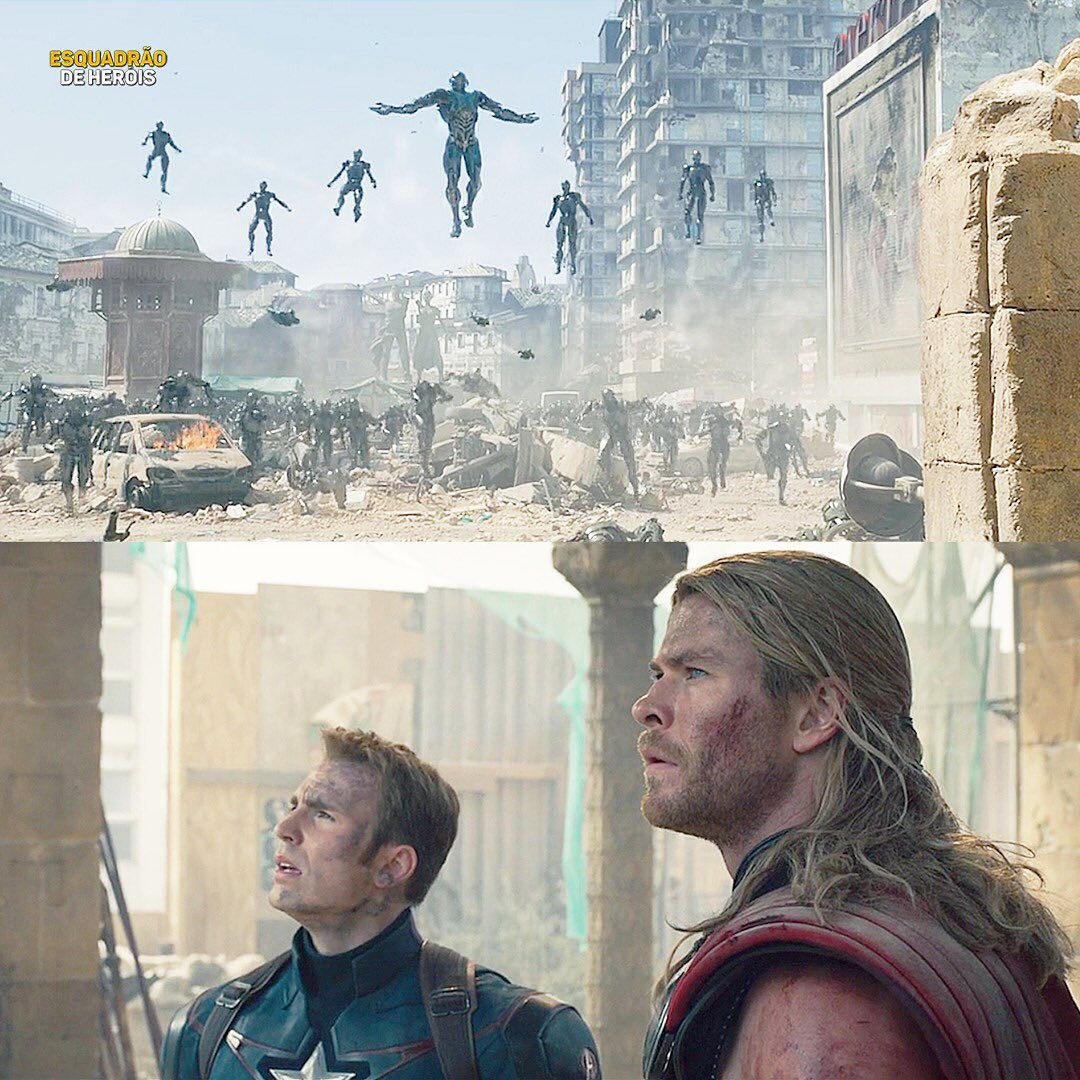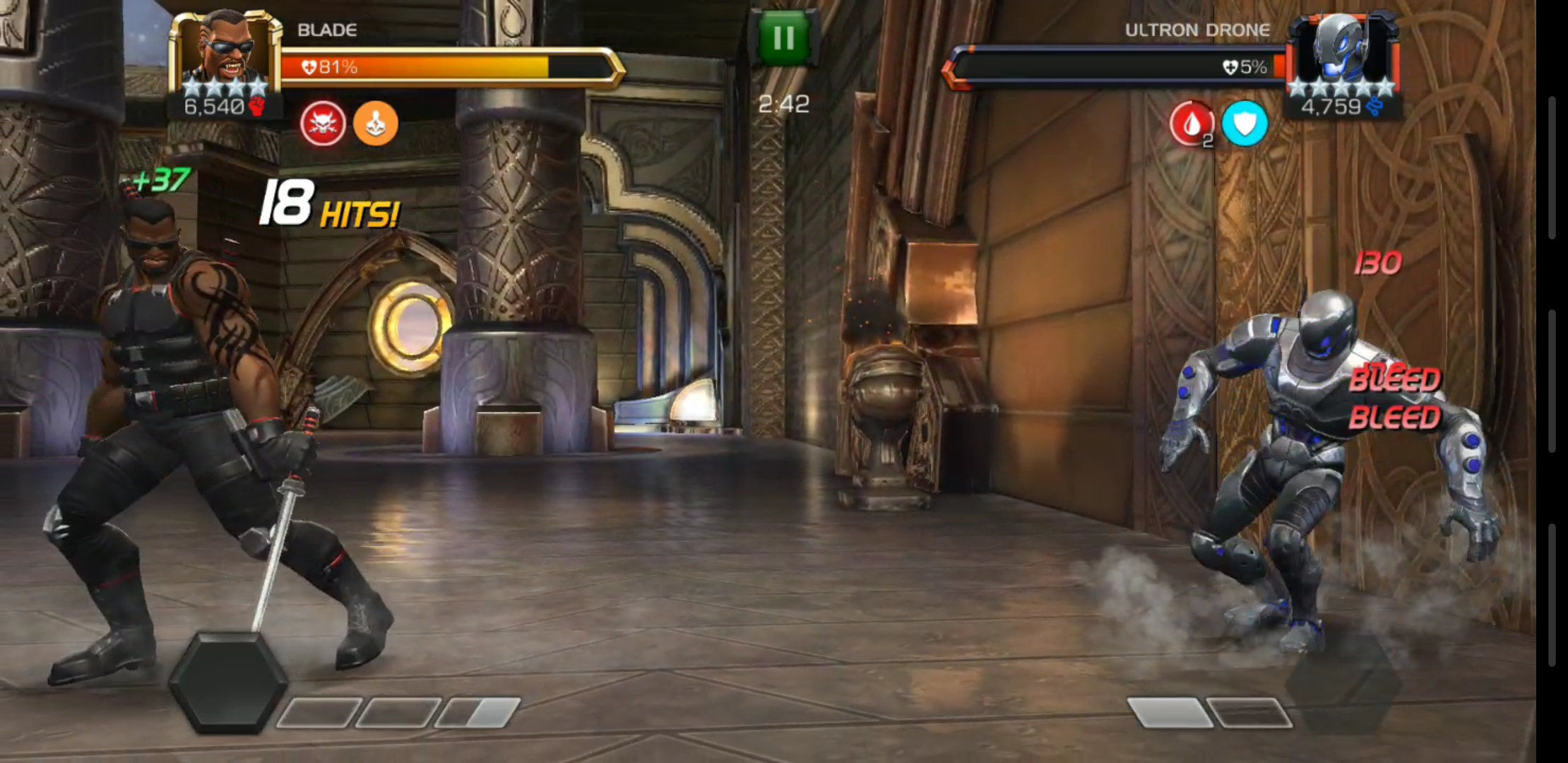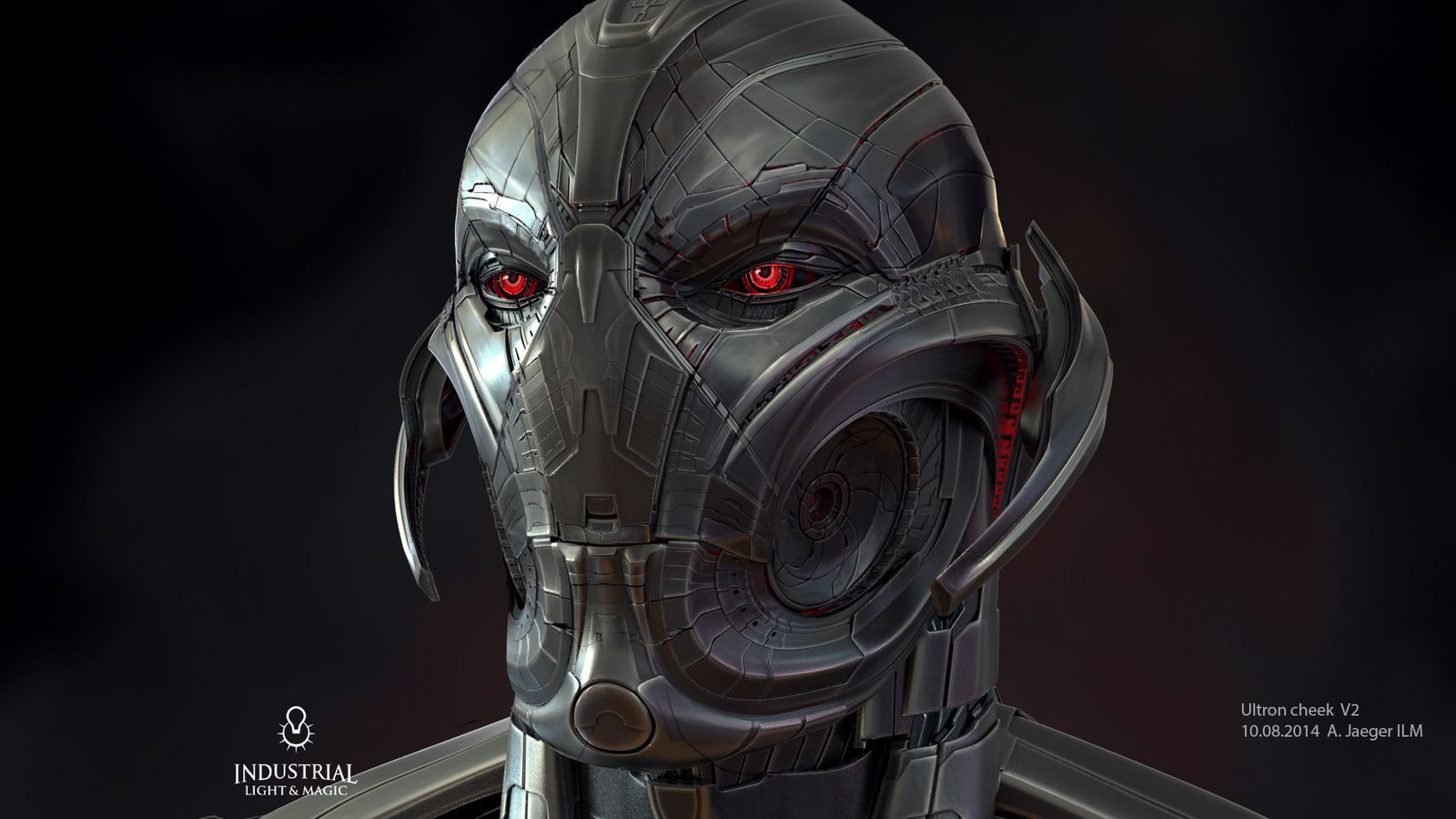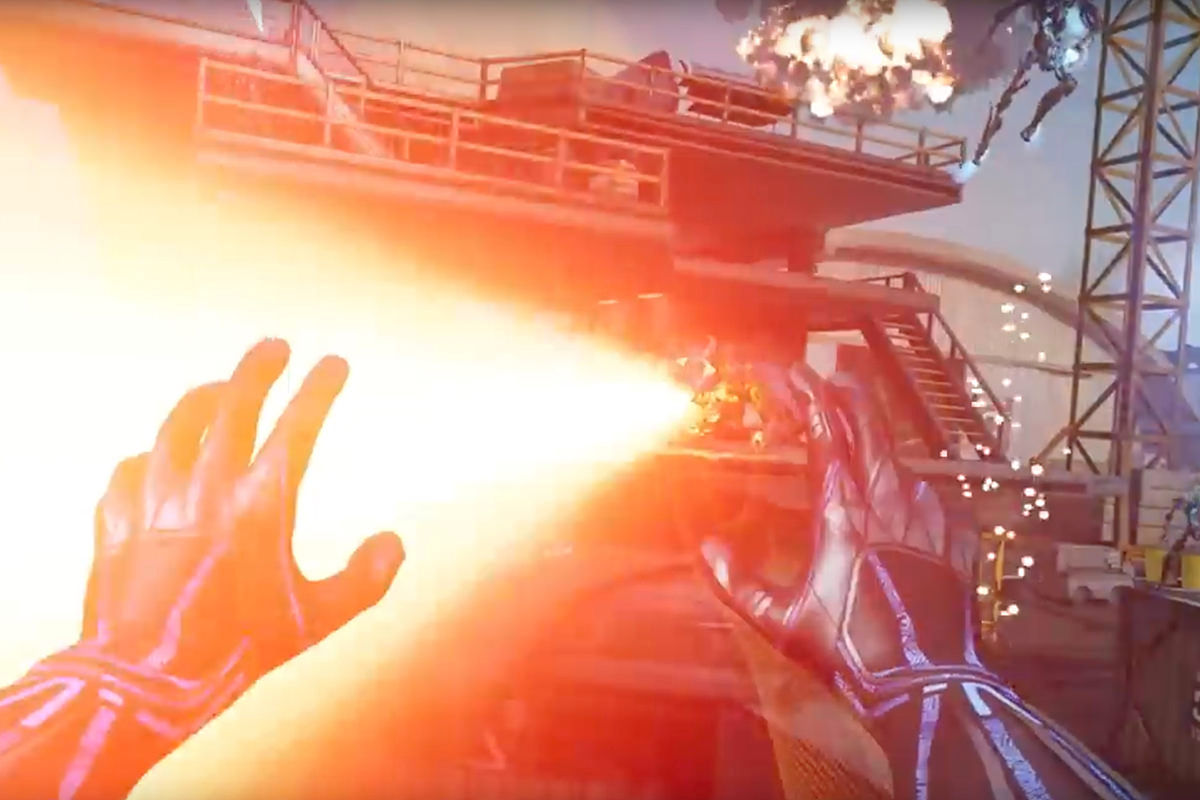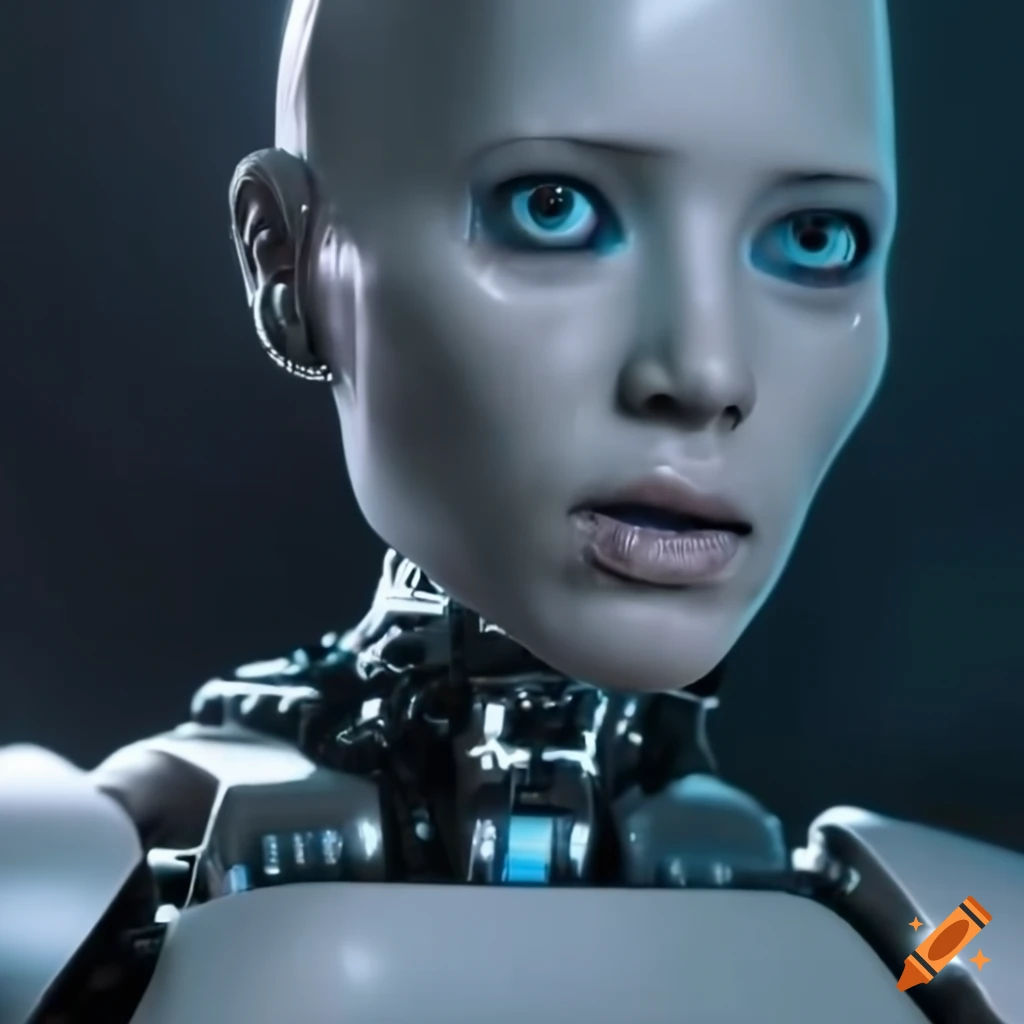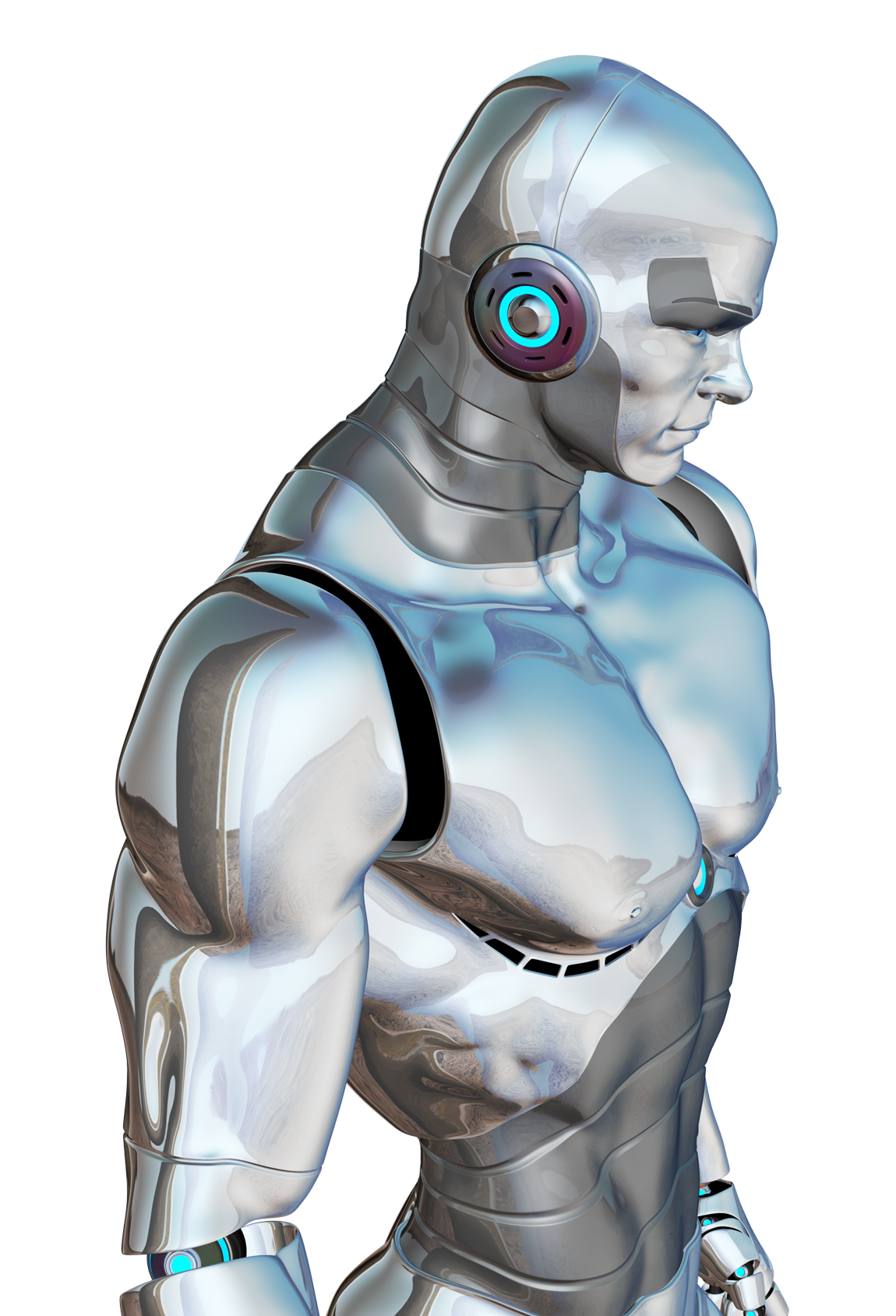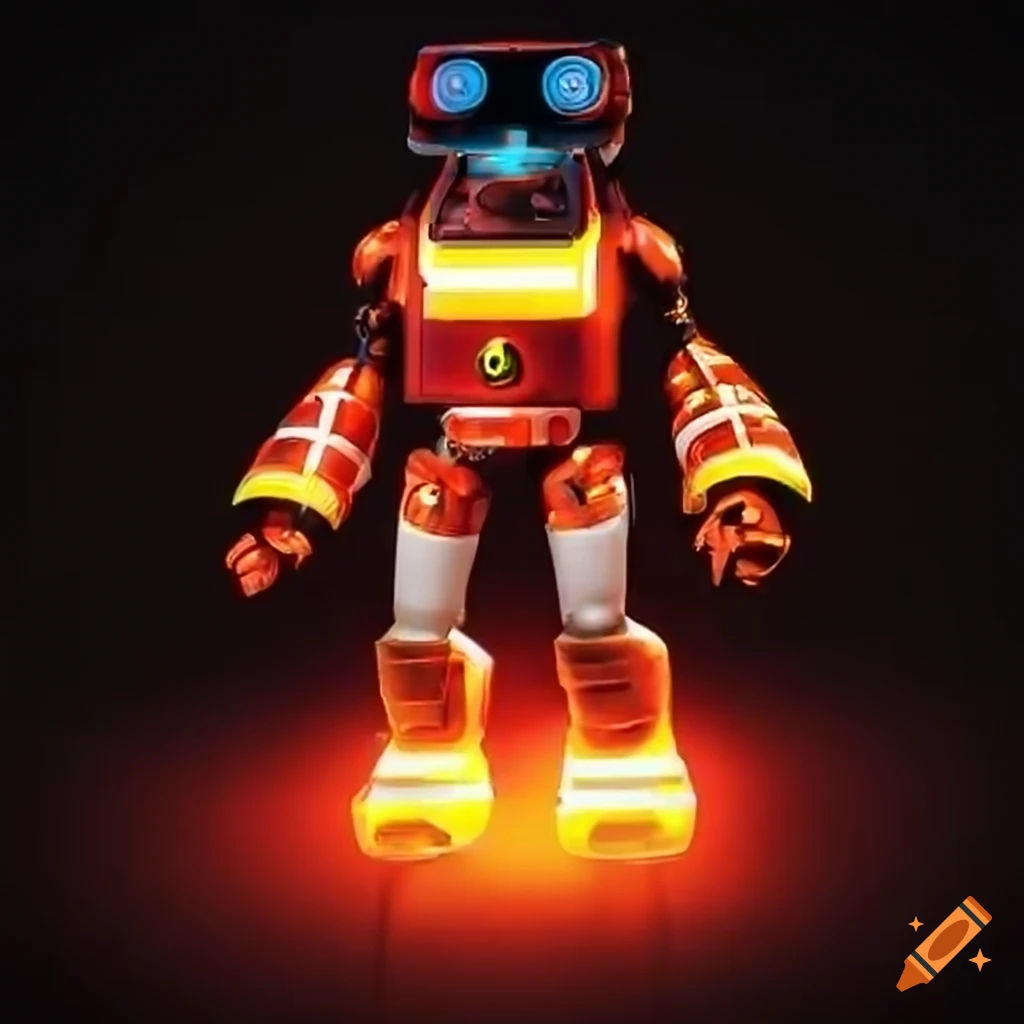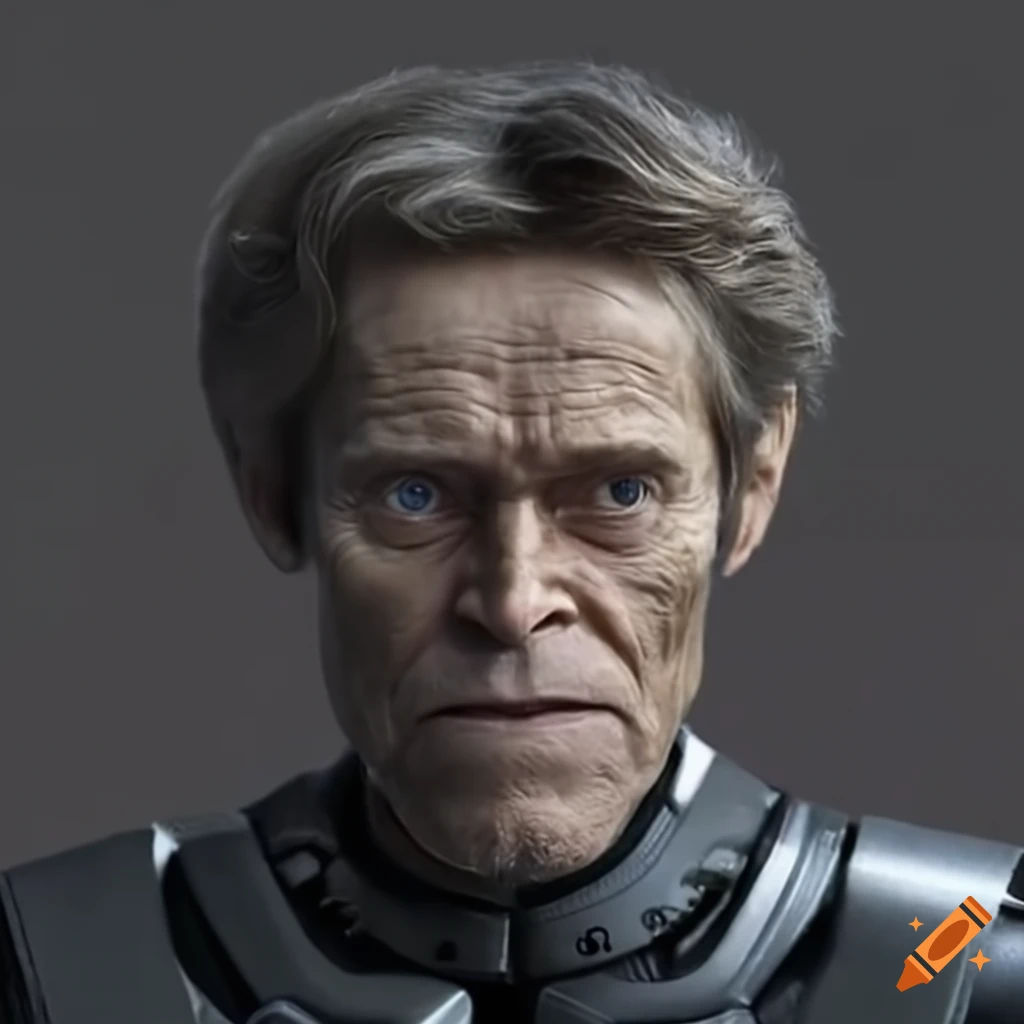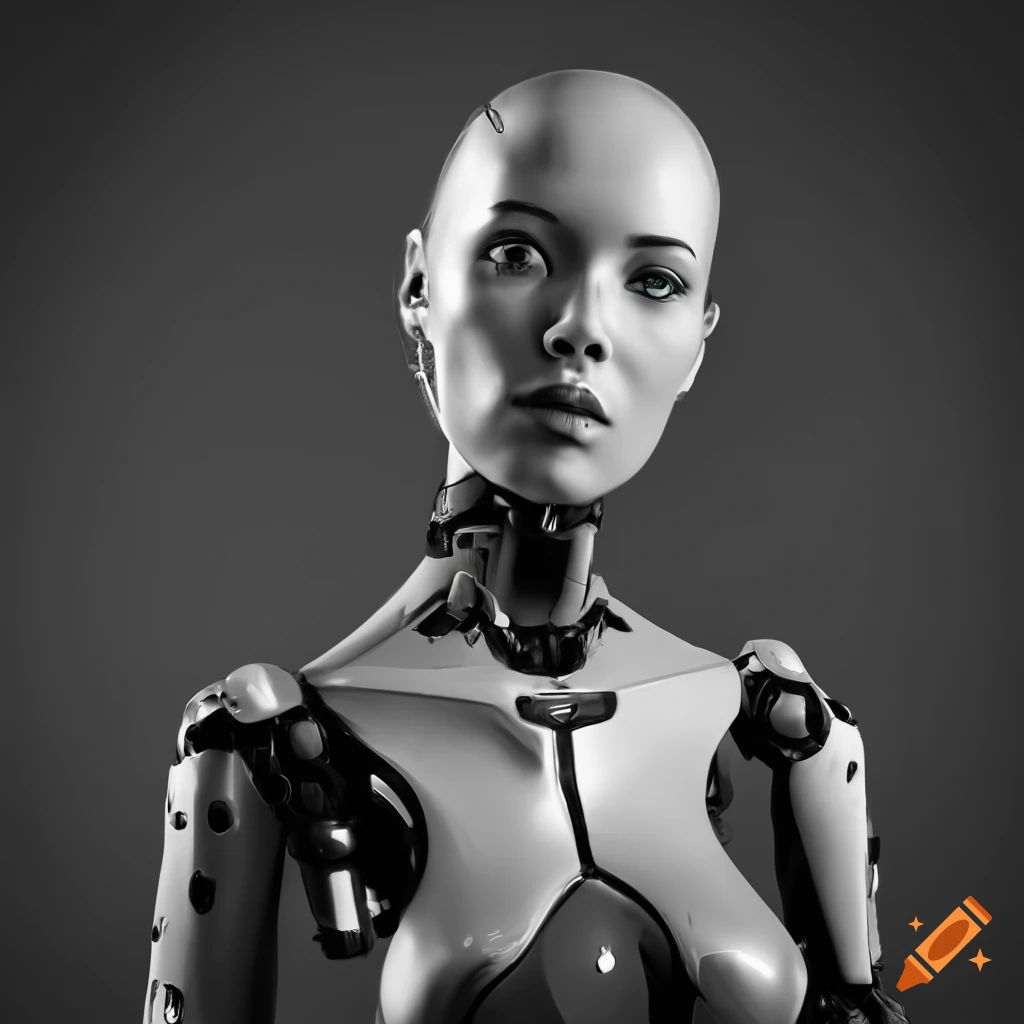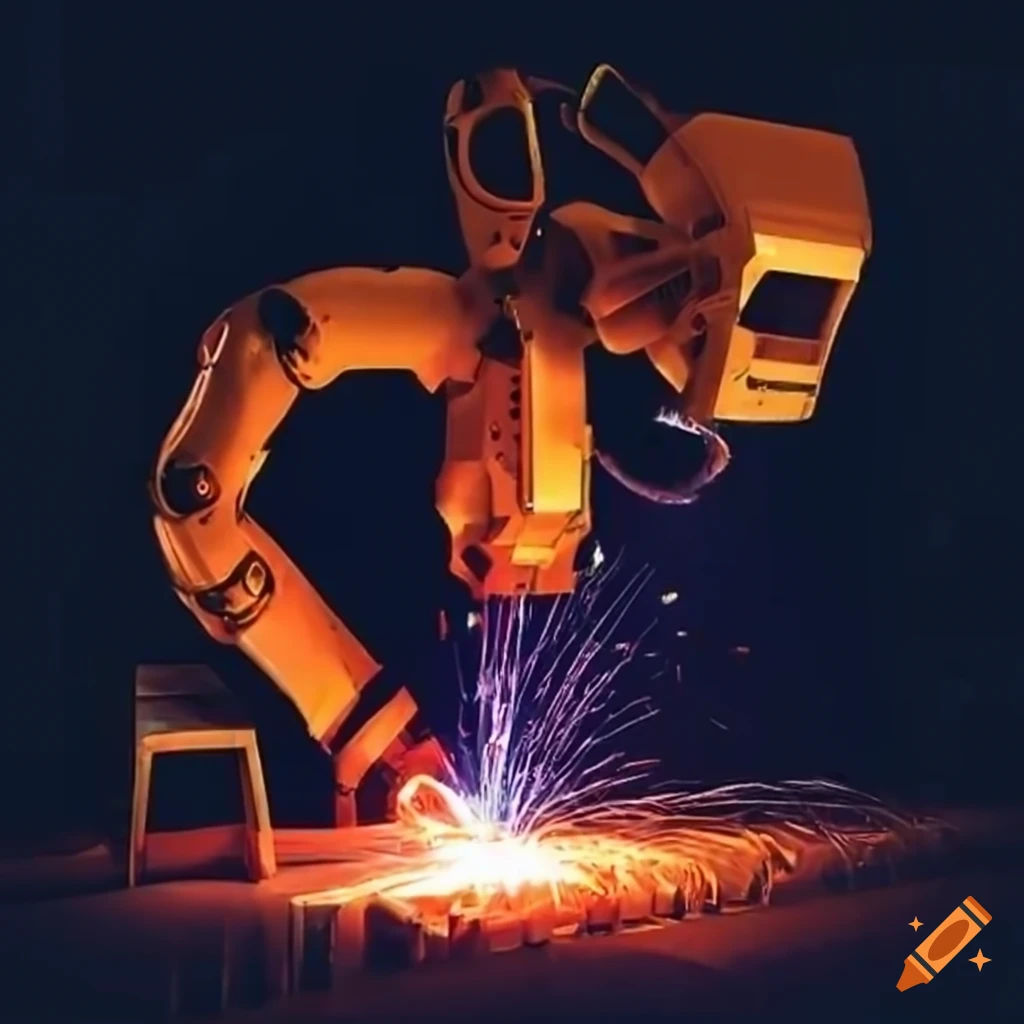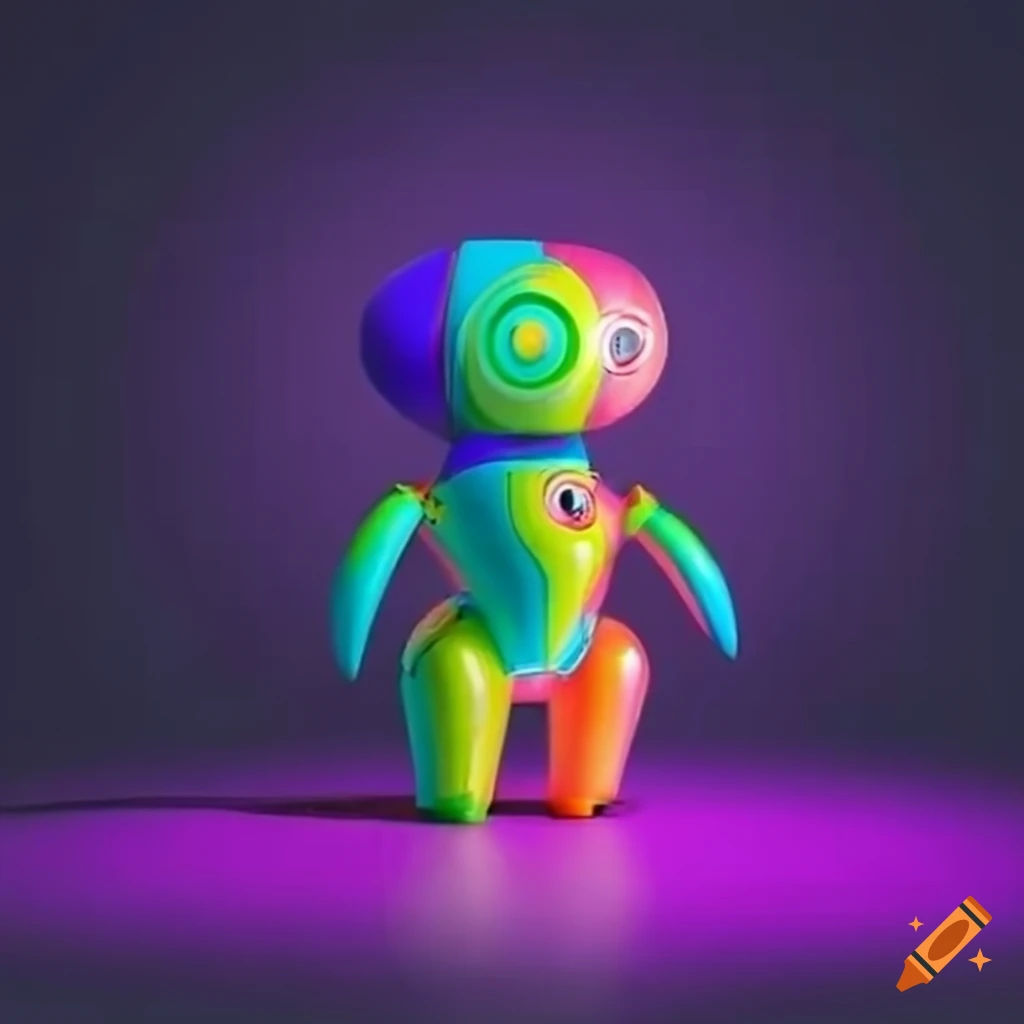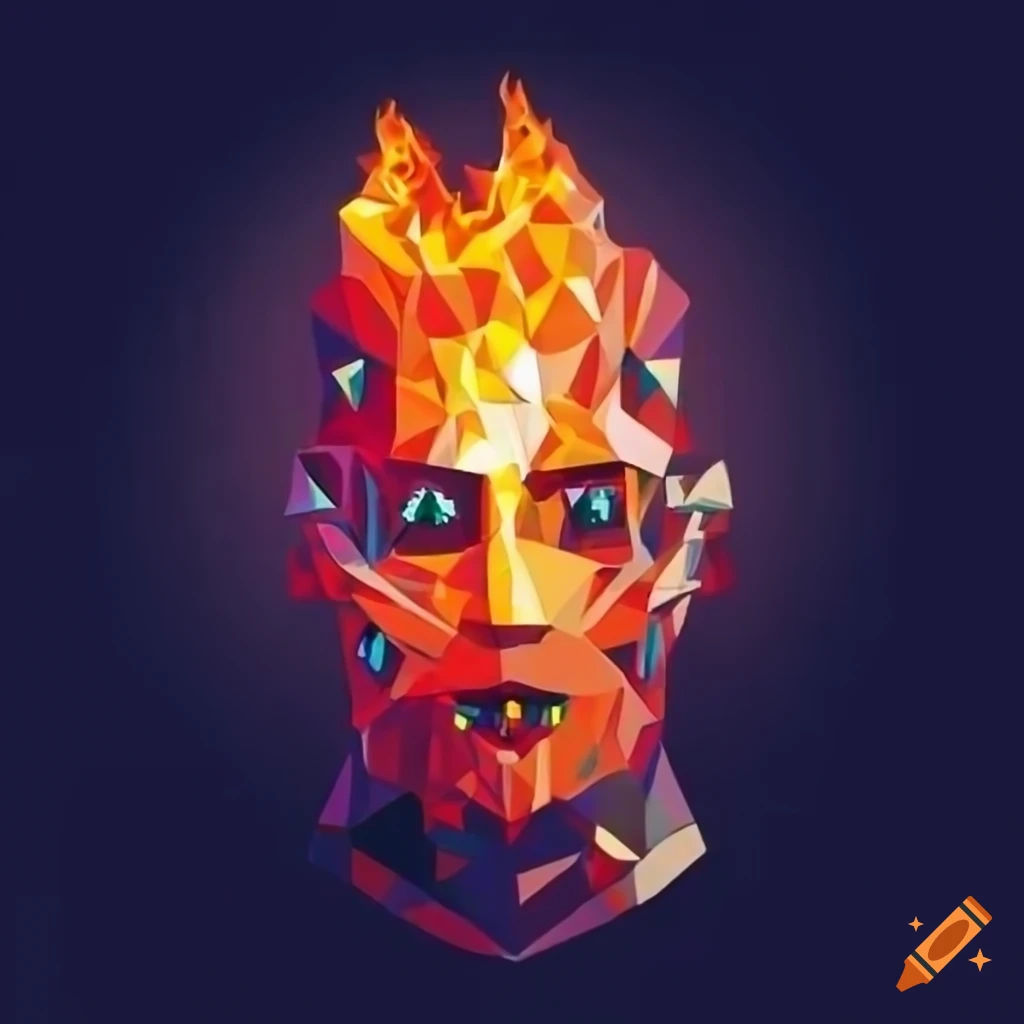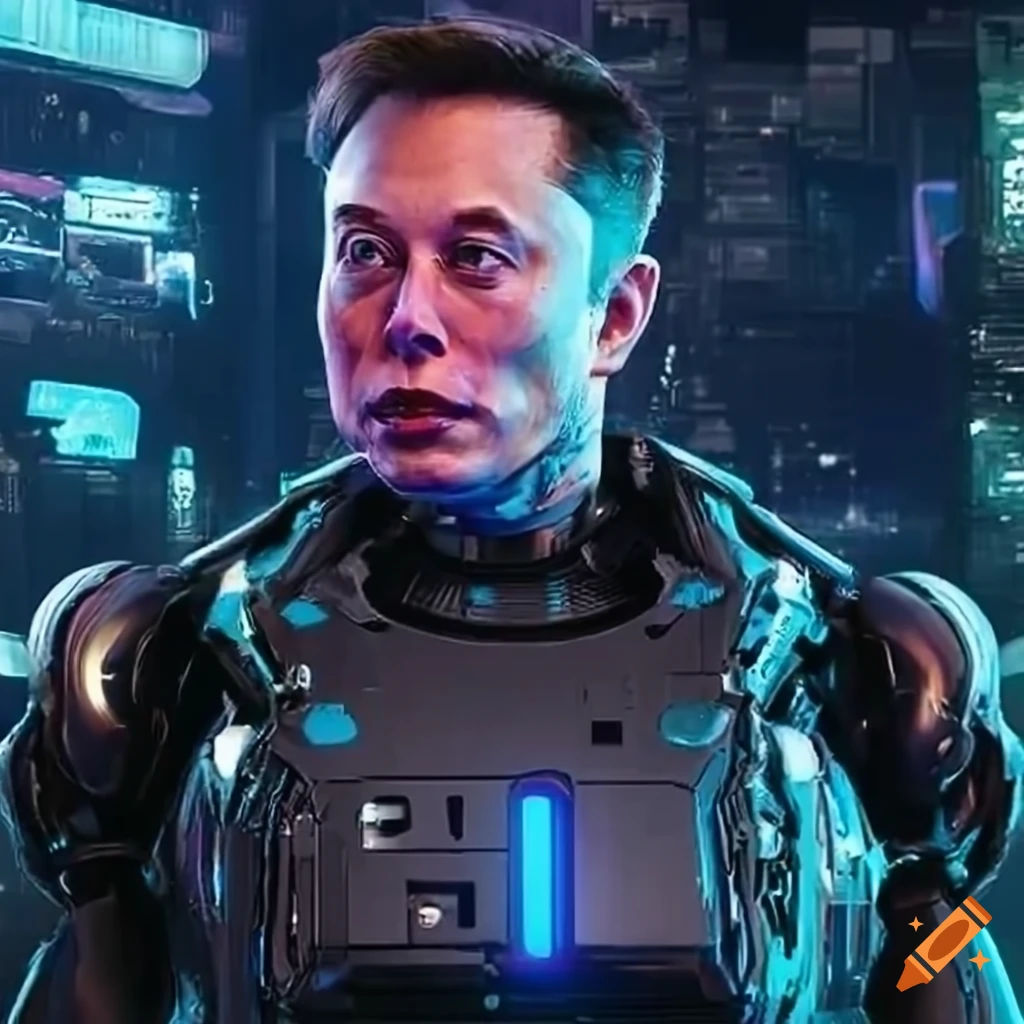The Uncanny Valley: Exploring the Emotionally Charged Image of Ameca
The image – a close-up of Ameca's remarkably realistic head – isn't just a photograph; it's a portal into a future brimming with both wonder and unsettling questions. The pale grey skin, the subtly nuanced facial features, the almost-human eyes… it evokes a powerful response, a visceral mixture of fascination and unease that lies at the heart of what's known as the "uncanny valley." This blog post delves into the significance of this image, exploring its technological background, its artistic implications, and the deeper philosophical and societal questions it raises.
Ameca: A Technological Marvel
The image depicts Ameca, a hyperrealistic humanoid robot developed by Engineered Arts, a UK-based robotics company. Ameca isn't merely a static display; it's a marvel of engineering boasting advanced animatronics, sophisticated AI, and a design meticulously crafted to push the boundaries of what's possible in robotics. The image highlights Ameca's remarkable facial expressions, capable of emulating a wide range of human emotions, from subtle smiles to furrowed brows. This level of realism is what makes the image so captivating and, simultaneously, disconcerting.
The subtle silver detailing on the head, seemingly an intricate circuit pattern, underscores the technological sophistication behind Ameca's creation. It’s a visible reminder that this isn't a human being, but a complex mechanism designed to mimic human appearance and behavior. This juxtaposition of the organic and the artificial creates the tension inherent in the uncanny valley – the feeling of discomfort we experience when something appears almost human, but not quite.
The Uncanny Valley: A Psychological Phenomenon
The uncanny valley effect is a well-documented psychological phenomenon. As robotic designs become increasingly human-like, our emotional response initially becomes more positive. However, there's a point – the valley – where near-human realism elicits a sudden drop in our positive feelings, replaced by feelings of unease, revulsion, or even fear. This is because our brains are wired to recognize and interact with other humans. When something mimics human appearance but falls short, it triggers a mismatch in our expectations, leading to the unsettling sensation.
The image of Ameca perfectly captures this effect. Her features are so realistic that we almost expect her to speak, to react, to demonstrate true sentience. The subtle imperfections, the slight stiffness in the expression, the almost-but-not-quite-human quality, are what places her firmly within the uncanny valley. It's a stark reminder of the inherent difficulty in creating truly believable artificial intelligence and the complex interplay between appearance and perception.
Artistic and Philosophical Implications
The image transcends its technological roots and enters the realm of art. It's a powerful visual statement about humanity's relationship with technology, questioning our notions of identity, consciousness, and what it means to be human. The image begs the question: if we can create something so convincingly human-like, does that diminish our own unique value? Or does it offer a new understanding of ourselves and our capabilities?
The stark contrast between Ameca's face and the background – a dark, almost abstract pattern on one side and a chaotic, red-hued pattern on the other – further enhances the artistic impact. The dark background could be interpreted as the unknown, the mystery surrounding artificial intelligence, while the red might symbolize the potential dangers or ethical dilemmas posed by advanced robotics.
A Narrative Emerges
The image invites us to create a narrative. Who is Ameca? Is she a tool, a companion, or something more? The expression on her face is neutral, yet it's full of unspoken potential. We can imagine stories unfolding: Ameca assisting in medical procedures, teaching children, providing companionship to the elderly, or even navigating complex ethical dilemmas as an autonomous entity.
But the image also lends itself to dystopian narratives. Could Ameca represent a future where human-like robots replace human workers, or a world where artificial intelligence surpasses human intelligence, leading to unforeseen consequences? The image is a blank canvas upon which our hopes, fears, and anxieties about the future of AI are projected.
The Future of Human-Robot Interaction
The image of Ameca is a potent reminder of the rapid advancements in robotics and artificial intelligence. As technology continues to develop, the line between humans and machines will become increasingly blurred. The uncanny valley effect might diminish as technology improves and robots become even more realistic, or it may persist, forever highlighting the inherent differences between the artificial and the human.
Understanding the implications of this technology is crucial. The ethical considerations surrounding the development and use of humanoid robots are complex and deserve careful examination. Issues of job displacement, privacy, and the potential for misuse need to be addressed proactively. The image of Ameca serves as a timely reminder that the future of AI is not solely a technological endeavor; it's a societal and philosophical one, requiring careful consideration and responsible development.
In conclusion, the seemingly simple image of Ameca's head is far more complex than it first appears. It's a potent symbol of technological progress, a visual representation of the uncanny valley, and a powerful artistic statement about humanity's future. The image invites us to consider the profound implications of increasingly realistic artificial intelligence and to engage in a critical dialogue about the responsible development and use of this transformative technology. The future, as depicted by this image, is both fascinating and unsettling, urging us to reflect on what it truly means to be human in an increasingly robotic world.
